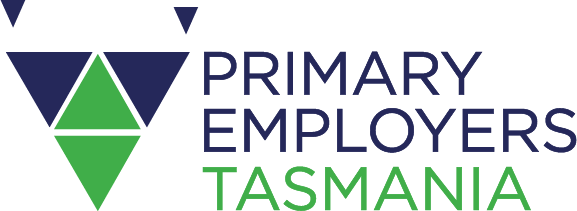Payslips
It is a legal requirement for employers to provide payslips to their employees. Most payroll software is set up to comply with the law, but some employers still provide a payslip outside the software. It is important that a payslip contains all the relevant information.
What has to be on a payslip?
• employer’s and employee’s name
• employer’s Australian Business Number (if applicable)
• pay period
• date of payment
• gross and net pay
• if the employee is paid an hourly rate:
• the ordinary hourly rate
• the number of hours worked at that rate
• the total dollar amount of pay at that rate
• any loadings (including casual loading), allowances, bonuses, etc.
• any deductions from the employee's pay, including details
• any superannuation contributions paid for the employee’s benefit.
If an employee takes annual leave or personal leave during the pay period, this should also be shown on the payslip.
There is no legal requirement to show on a payslip an employee’s annual leave balance or personal leave balance. Some suggest that it is ‘good practice’ and to some extent it may stop being asked repeatedly how much leave entitlements an employee may have, but in some cases it provides the employee with the knowledge that they can take a ‘sickie’.
